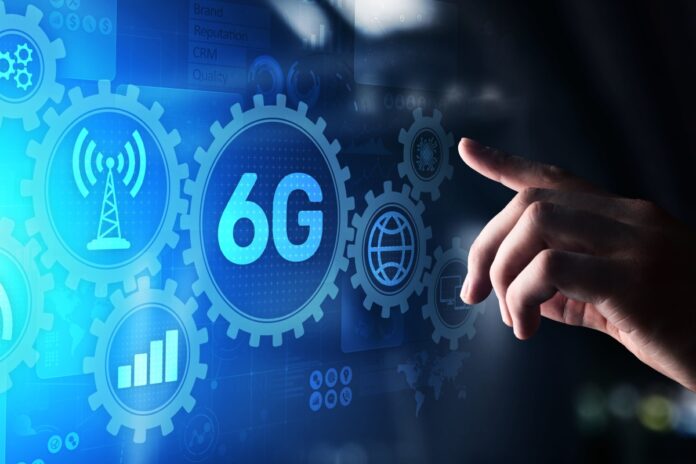6G will be commercialised by 2030 and “reconfigure the world completely,” according to Dr Fang Min, Director of 6G Research and Collaboration at ZTE.
He said this while speaking at the second 6G Wireless Summit, which was scheduled to be held in Oulu, Finland last week but was run remotely due to the coronavirus pandemic. Min said that 6G will open up the Internet of Sense, the Internet of AI and the Internet of Industry, delivering new services which drive more challenging requirements for networks.
“The 6G network should be able to support the peak data rate of 1 Tbps, the user data rate of 20 Gbps, and the cubic traffic capacity of 100 Gbps/m3,“ said Dr Min. “All of these potential KPIs towards 6G networks will be achieved along the long-term evolution of 5G networks.”
6G architecture
ZTE’s dedicated 6G research team is working to design an “intelligent architecture” for the technology. Min said the team believes that “intelligent radio, intelligent coverage and intelligent evolution” will be the essential features of 6G network architecture.
He also talked up new technologies such as “3D connectivity” and “new horizon communications like the terahertz, the light, the molecular, the brain cloud and the qubit”, as well as intelligent MIMO (multiple-input/multiple-output), on-demand topology and on-demand AI. These, Min said, will be the essential enablers of 6G networks.
Dr Min believes that from now until 2023, the research community should focus on the new traffic, network and architecture requirements of 6G. He said the company is committed to collaborating with global industry partners, universities and institutes.
Last week, Deloitte also said it expects 6G will be finalised by the 2030s, by which time it forecasts networks will be reaching the limits of 5G, readying for 6G and contemplating 7G.



